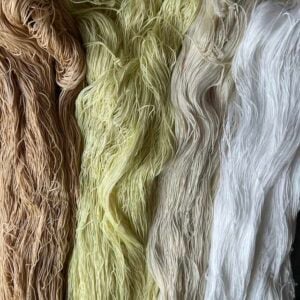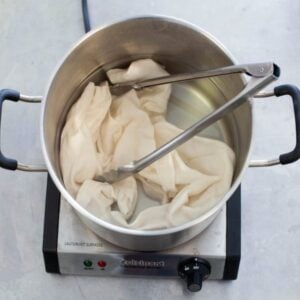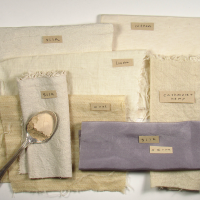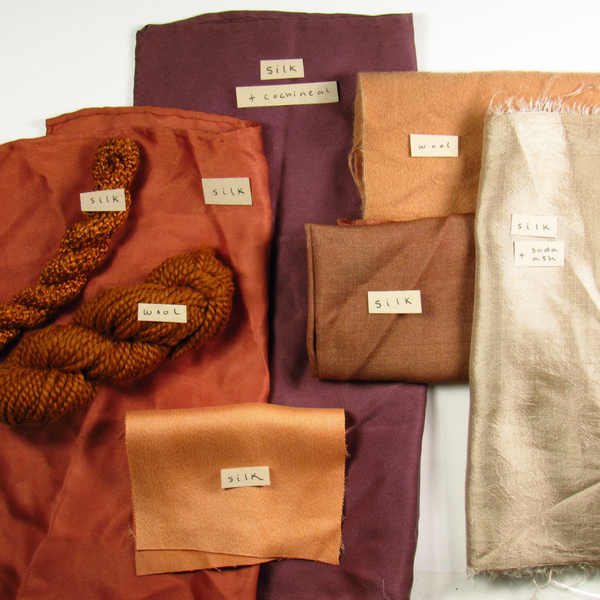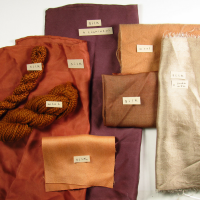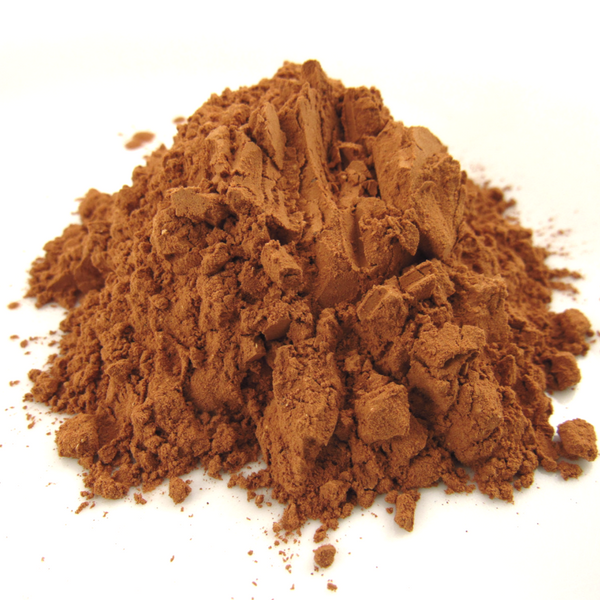This week on FEEDBACK FRIDAY: How to channel the color of champagne on silk with a natural dye like cutch
Mordant Monday: Creating Color In Tucson
We used raw dyestuffs: cochineal insects, coreopsis flowers, marigolds, extracts and two indigo vats (henna and fructose). I was very impressed how beautiful the colors came out! I was fortunate to teach in Tucson, Arizona last month for the Tucson Handweavers and Spinners Guild. This was my first time in Arizona and it was a wonderful experience. The dramatic desert landscape really commands your attention and the light just before sunset is luminous. The swatches are from a number of different dye baths and we mixed and matched colors to create 4-color palettes with an indigo dip at the end. … Read more


